Spreadshirt plans to focus more on child and baby products as it grows

Latest news
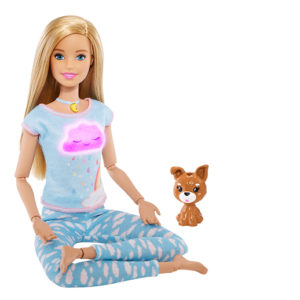
-ADVERTISEMENT- The wellness and fitness trend has arrived in the …

The fight against environmental destruction and the climate crisis are …

Anyone looking for new products in the field of toys, …
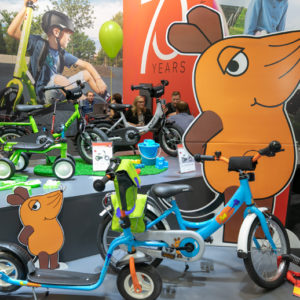
It is a market with huge dimensions and great potential. …

For companies, a social media presence has become indispensable and …

Hardly anything disturbs customers as much as waiting at the …

Research by TV station RBB has shown that some outlet …

The industry association Licensing International (formerly LIMA) has honored outstanding …

Communications manager Hannah König and managing director Stephan Schenk are …
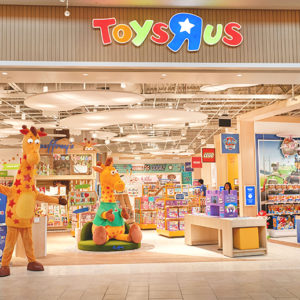
The toy dealer wants to leave his insolvency behind him. …
Still growing: Spreadshirt continued to grow significantly in 2016. The Leipzig e-commerce platform for textile prints increased its global sales by about 9% to a total of 93 million euros.
A major driver of growth was the DACH market. Here, the e-commerce platform achieved a 30% increase in sales. Together, Germany, Austria, and Switzerland are Spreadshirt’s largest market, followed by the USA, where the Leipzig company began an additional market offensive earlier this year.
In 2017, Spreadshirt is seeking to break the 100-million-euro sales mark
“In 2016, we were clearly focused on mobile optimization and resolving old technical problems to develop the platform further. In terms of organisation, we have repositioned ourselves with the three business areas of personalisation, marketplaces, and merchandising,” summarises Spreadshirt CEO Philip Rooke.
In addition, Rooke told Luna Journal that he plans to further expand the company’s range of childcare and baby products. Currently, Spreadshirt has 31 products for children and babies, which account for around 14% of the entire range. The product palette includes organic bibs, ruffled long-sleeve shirts, and hats.
“In the coming months, we want to focus even more on our offering. We can see that customers buy personalised gifts from us particularly for special occasions, such as the arrival of a new baby or children’s birthdays. Baby bodysuits are one of the most popular gifts in this category,” says Rooke.
Last year, Spreadshirt sent some two million orders to more than 150 countries, including new destinations such as Burkina Faso and Papua New Guinea. More than 70,000 Spreadshirt partners sold their motifs and products via white-label shops, marketplaces, and design tools. Overall, Spreadshirt printed more than four million products in 2016.
Images: Spreadshirt
//RO



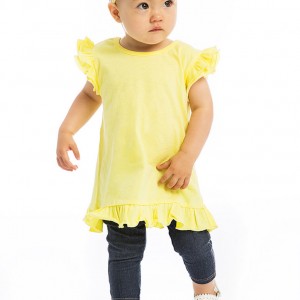
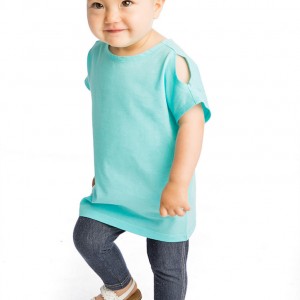

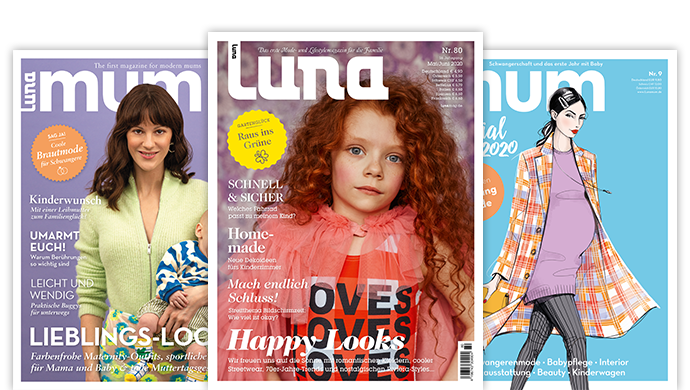
Leave a Reply